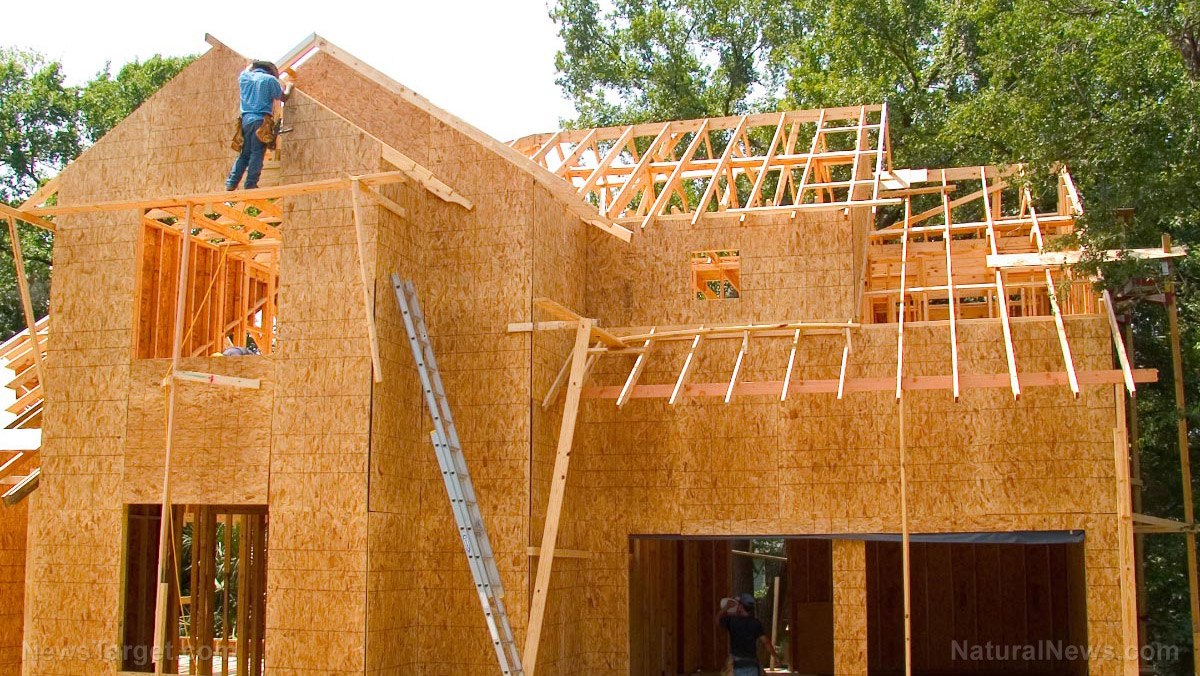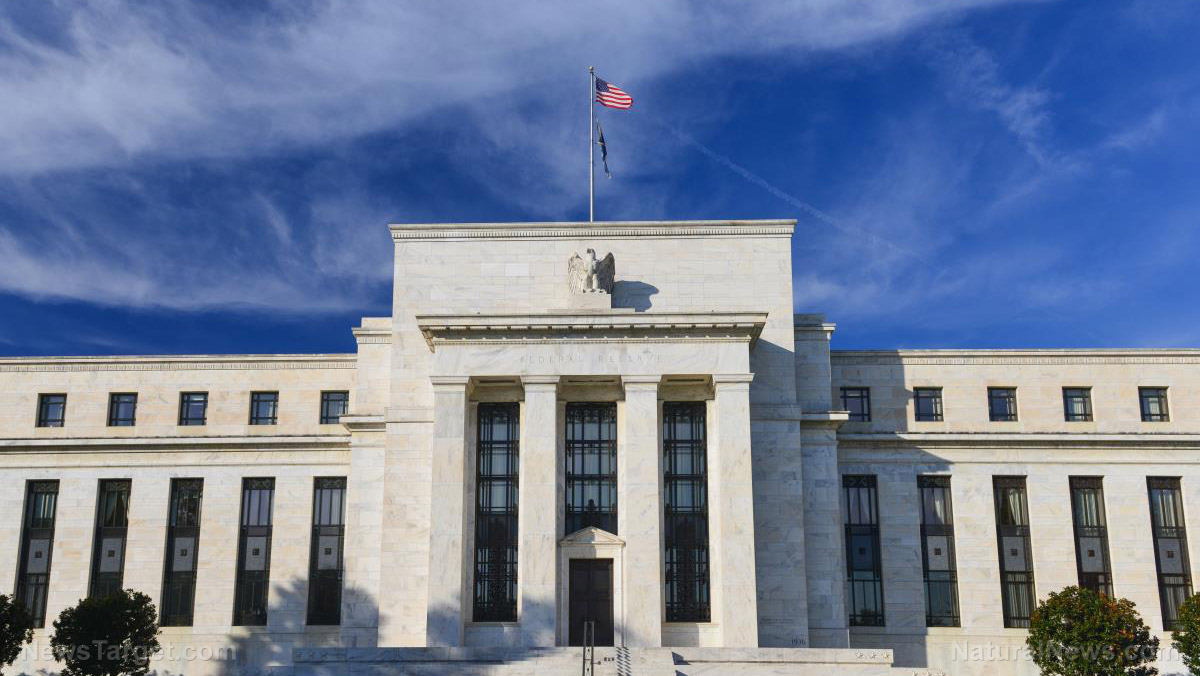New home construction SOARS to three-decade high in May despite rising interest rates – but WHY?
06/21/2023 / By Ethan Huff

A seemingly inexplicable economic anomaly has emerged with economic data for the month of May showing the highest level of new home construction across the United States in three decades.
Even though the Federal Reserve, with the exception of the most recent “pause,” has been steadily increasing interest rates, the number of new housing starts and filed permits is soaring – though admittedly the vast majority of them involve multi-family housing projects that had already secured financing last year.
The expectation is that by the end of 2023, things will have leveled off, perhaps dramatically. For the time being, though, things are looking “really good” in the new housing market, leaving many economists and strategists stumped as to how and why beginning home construction skyrocketed by 21.7 percent.
“The 291K increase in housing starts was the biggest monthly increase in actual units on record, and was the biggest percentage increase since October 2016, reflecting gains in three of four U.S. regions,” one media outlet reported about the increase.
“Drilling down into single-family and multifamily (or rental) projects, May saw a 156K, or 18.5%, increase in single-family units to 997K, the highest since June 2022 … Multi-family starts surged even more, rising 28.1% to 624K from 487K.”
(Related: Don’t be fooled: The mother of all market crashes is still looming – it’s a matter of when, not if.)
Are all these new multi-family units being built to house illegal migrants?
The number of new permits or applications to build, which serve as a proxy for future construction, was substantially more subdued than housing starts, suggesting that economic conditions are hardly as good as they might seem based on these isolated data points.
Permits climbed 5.2 percent in May, reaching an annualized rate of 1.49 million units. Permits for single-family dwellings increased by a smaller amount at just 4.8 percent, reaching an annualized rate of 897,000, the highest since last July, while multi-family permits jumped 7.8 percent to 542,000 after hitting a two-year low the previous month.
To be fair, these numbers come from data sources that are, to quote Zero Hedge, “notorious for their unreliability and subsequent revisions.” Even so, they match what Fed chairman Jerome Powell said last week about the housing market showing signs of “stabilizing.”
The resale market for homes has been so tight that homebuilders are apparently pushing ahead with new projects despite heavily inflated material costs, not to mention short supply of said materials due to lingering covid-related supply chain woes.
Despite all this apparent new housing growth, housing prices are sky-high, as are mortgage rates the more interest rates increase. The average person simply cannot afford to buy a house in the U.S. anymore, and most of the inventory appears to be getting gobbled up by private equity behemoths like BlackRock and Vanguard.
Then we have the ongoing influx of illegal migrants flooding across the southern border. All of those people need places to live, which could explain why there are so many new multi-family housing units being built, all things considered.
“Lies, damn lies and statistics!” wrote one commenter in jest about this “good news” for the housing market.
“Illegals, damn gubmint, and subsidies,” responded another, affirming this writer’s position that the illegal migrants are the ones slated for occupancy in all these new multi-family units being built.
“Mega homebuilders are offering their own financing at lower rates,” suggested another. “Of course they are going to build little boxes for the upcoming Gen whatever. Mortgage rates aren’t going anywhere but up, so if you can get a 4% from the homebuilder…”
The latest news about housing, stock, and other markets can be found at Bubble.news.
Sources for this article include:
Submit a correction >>
Tagged Under:
big government, Bubble, conspiracy, construction, debt collapse, deception, economic collapse, Federal Reserve, homes, housing, Housing Market, housing starts, Inflation, interest rates, invasion usa, lies, market crash, migrants, money supply, national security, Open Borders, pensions, risk
This article may contain statements that reflect the opinion of the author
RECENT NEWS & ARTICLES
COPYRIGHT © 2017 RISK NEWS



















